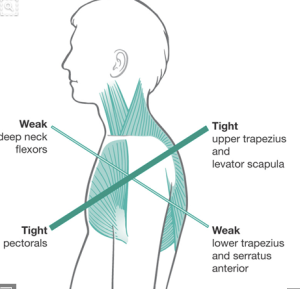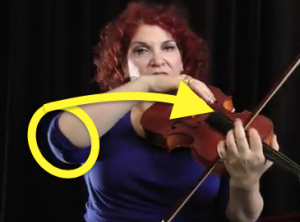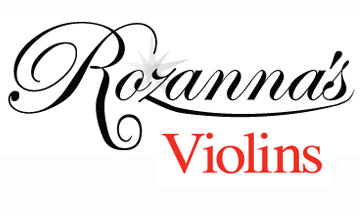 When I was in school I always admired dancers who seemed to be the antithesis of the motley crew which were us instrumentalists. While most string players rarely considered posture as a significant part of the equation for optimal technique, posture and dance technique are inseparable.
When I was in school I always admired dancers who seemed to be the antithesis of the motley crew which were us instrumentalists. While most string players rarely considered posture as a significant part of the equation for optimal technique, posture and dance technique are inseparable.
But times have changed and it seems learning to play in a free and natural manner can’t be separated from a working understanding of how we carry ourselves and its effects on ones playing. From my own experience, posture and learning to differentiate parts of the body including shoulders, torso, sternum and clavicle, are essential though typically misunderstood or not discussed at all.
In previous posts I discussed the effects of slouching. This blog posting will focus on the shoulder and its relationship to the angel the elbow. The angel of the elbow has everything to do with ones sound production and overall relationship to the violin.
As a simple movement study to observe this phenomenon try the following:
- Sitting in a chair preferably without arms, allow oneself to sit as one normally would, if that means slumping the shoulders and upper torso do so without censoring ones movements. Simply observe kinesthetically.
- Bring up the right arm leading with the elbow. Its fine if the arm bends at the elbow similar to when playing the violin or viola.
- Notice how the elbow points towards the ceiling while the wrist & hand are lower in relation to the elbow.
- Relax the arm down to ones side.
String players and people in general sometimes have a misconception of what it means to have ‘good posture’. Typically students will raise their shoulders in the hopes of holding themselves, or this tendency can also stem from an emotional reaction to stress. But its not the shoulders that enable one to have an upright posture, rather it is the muscles of the chest and even abdominal muscles to contribute. To access these muscles try this simple action.
- Sitting in the chair, press down on the seat with ones hands. If chair has arms its fine to press down on the arms of the chair with ones hands.
- Notice how a simultaneous reaction happens in the torso and upper chest region, in reaction to the pressing downwards of the hands. The torso and chest elevate while the arms & shoulders press downward. Notice these sensations because if they feel ‘new’ chances are this is a teachable moment in terms of learning to access ones own optimal movements.
- While maintaining this elevated torso and corresponding natural straightening back of the shoulders, bring up the elbow again.
- Notice the relation of the elbow to the wrist & hand. Chances are they will be parallel in relation to each other when the shoulders are no longer curved.
The relationship of the elbow, wrist & hand are very important because it means the difference between using force & pressure, which is a result of the elbow angling upward causing the hand and rest of the arm to press into the string downward at a vertical angle.
But when the wrist & elbow are parallel, this relationship is conducive to a horizontal relationship to the string. When the weight drops into the string at a horizontal relationship to the string, there is a better chance the sound will be round and vibrating vs. a pressed sound.
 How do we get the weight of the arm into the string when we are ‘horizontal’ or parallel to the string? The key is to incorporate circular movements with the elbow so the weight, initiated by the elbow goes around, up & down. (Imagine drawing a circle with a pencil attached to the elbow.) This is the optimum movement of the bow arm and conveyer of the weight into the string.
How do we get the weight of the arm into the string when we are ‘horizontal’ or parallel to the string? The key is to incorporate circular movements with the elbow so the weight, initiated by the elbow goes around, up & down. (Imagine drawing a circle with a pencil attached to the elbow.) This is the optimum movement of the bow arm and conveyer of the weight into the string.
